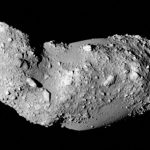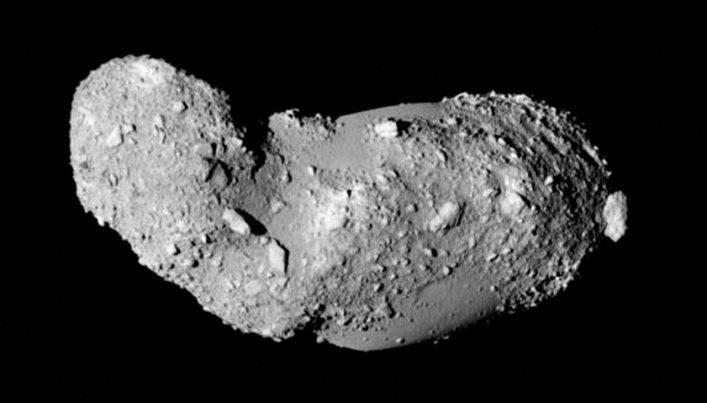
Star Wars: Oil giants look to space in race for natural resources
Tuesday, August 14, 2018 by Rhonda Johansson
http://www.ufos.news/2018-08-14-star-wars-oil-giants-look-to-space-in-race-for-natural-resources.html

As oil prices continue to slump in what financial analysts expect to be a steady decline, energy giants are now looking to the stars — quite literally. The race is not so fantastical as it sounds; environmentalists and economic professionals are aware (perhaps too keenly) that the Earth’s natural resources are finite. The growing population notwithstanding, there is the nagging knowledge in the back of everyone’s minds that current energy methods are not going to cut it. Either new sources of energy are found or we practice different strategies of maximizing our resources. Instead of tackling the problem on a micro level, regional powerhouses are taking their cue from Alexander the Great and the conundrum of the Gordian knot — they’re thinking of something else entirely.
“Water is the new oil of space,” mused Tom James, a partner at energy consultant group Navitas Resources in an editorial on Bloomberg.com. “Middle East investment in space is growing as it works to shift from an oil-based to a knowledge-based economy.” James may have been referring to the number of commercial launches that have been approved in just the last decade. In the same Bloomberg.com article, a graph depicted the number of commercial satellites launched since 1990. It showed a rather intriguing rise in just the last 10 years, compared with government-backed ones. These prospecting satellites are estimated to cost around tens of millions of U.S. dollars with an asteroid-harvesting spacecraft carrying a hefty price-tag of around $2.6 billion. The expenses are justified with the assumption that the resources found in space would be considerable.
Noah Poponak, an analyst from Goldman Sachs Group, Inc. says, “space mining is still a long way from commercial viability, but it has the potential to further ease access to space. Water and platinum group metals that are abundant on asteroids are highly disruptive from a technological and economic standpoint.”
James posited that commercial energy groups will launch private satellites searching for rare gases and metals in asteroids within the next five years, with the actual mining processing happening within eight. Current estimations hold that a single asteroid could potentially contain 175 times more platinum than the Earth mines in a year. This platinum deposit could be worth $25 to $50 billion. However, such an influx would probably deter markets from purchasing the metal after an initial round of trade.
“You could go massively short on platinum and then show up at settlement with an asteroid, but you probably could only do that once,” cautioned James. “I don’t think the counter-party would take the trade a second time.”
The viability of space mining in our current economy
NASA boldly claims that the raw materials found on asteroids — particularly those that are currently orbiting around the belts of Mars and Jupiter — are equivalent to around $100 billion for every person on Earth. That’s a lot of money, but more importantly, that’s a lot of resources. With our current gears locked-in on creating hysteria whenever we see fit, this potential solution has local and international governments taking a closer look at the viability of this option. That being said, several roadblocks are still hindering progress. For one, getting materials from outer space and bringing them back here would require extravagant amounts of fuel, and yes, extravagant amounts of money as well. Additionally, the physical infrastructure needed to acquire the raw materials from space itself would be substantial, not to mention the rocket fuel that it would necessitate.
Planetary Resources CEO Chris Lewicki said on ScienceAlert.com, “Whether it’s the air we breathe, the water we drink, the materials that we build things with, or ultimately of course, the food that we eat…all of these things are available to us on this planet, but when we head into space, we have to bring all of it with us. That of course, isn’t very scale-able.”
Despite these hesitations, financial analysts forecast an increased interest in space mining.
Sources include:
Tagged Under: Tags: energy resources, finite resources, natural resources, Space, space and resources, space mining





